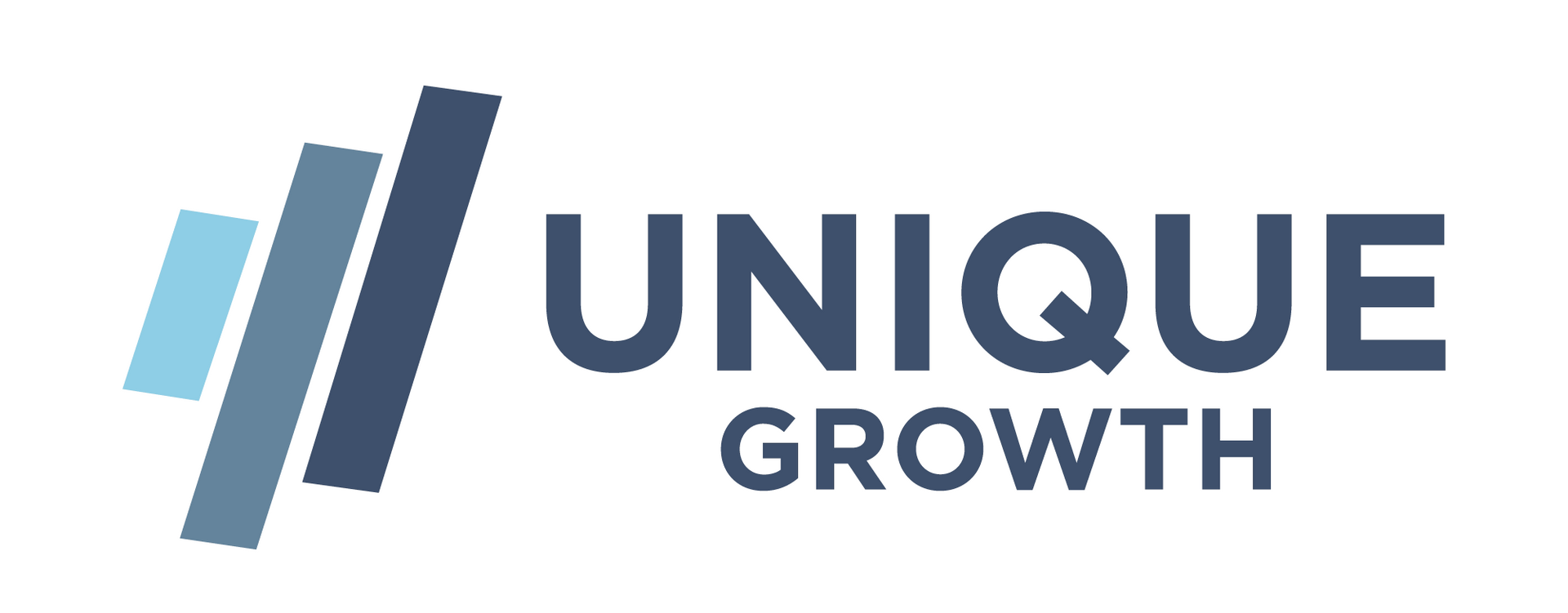The Real Secrets of Money: Debts & Loans – Key Takeaways and Strategies
Debt can be overwhelming, but understanding how it works gives you power over your financial future. In The Real Secrets of Money: Debts & Loans session, we explored essential debt management strategies, loan structures, and financial techniques to help you gain confidence in handling your finances.
If you missed the session, here’s a comprehensive recap of the key insights shared.
Understanding Debt & Debt-to-Income Ratio
One of the most important indicators of financial stability is your debt-to-income (DTI) ratio. This percentage represents how much of your monthly income goes toward paying debts. A lower DTI indicates better financial health, while a higher DTI can signal financial risk and make borrowing more difficult.
To calculate your DTI, divide your total monthly debt payments by your gross monthly income and multiply by 100. Generally, a DTI under 20% is considered ideal, while anything over 36% may indicate potential financial strain. Monitoring your DTI regularly is essential, especially if you are planning to make significant financial decisions such as purchasing a home or taking out a loan.
Managing Loans & Avoiding Pitfalls
Auto Loans
Car loans are secured loans, meaning the vehicle itself serves as collateral. Loan terms typically range from 24 to 84 months, with longer terms resulting in higher overall costs due to interest accumulation. A major factor to consider is that a car’s value depreciates rapidly, often losing 20-30% of its worth within the first year. To avoid financial setbacks, it is advisable to opt for shorter loan terms and explore options through credit unions, which often offer lower interest rates.
Credit Cards
Credit cards are a convenient financial tool but can become a burden if not managed properly. High interest rates can cause balances to spiral out of control, leading to long-term financial challenges. Many individuals find success using structured debt repayment strategies such as the Snowball Method, which prioritizes paying off the smallest debts first, or the Avalanche Method, which focuses on eliminating high-interest debt first to minimize overall costs. Avoiding late payments and keeping credit utilization low are crucial to maintaining a healthy credit score.
Student Loans
Student loan debt is a reality for many individuals, with the average borrower owing over $37,000. Repayment can take up to 20 years, making it essential to explore repayment options, loan forgiveness programs, and refinancing opportunities. Paying down student loans while still in deferment can significantly reduce the overall balance and interest paid over time.
The Cost of Money & Making Smarter Financial Decisions
The cost of money is the price paid to borrow funds or the lost value of money over time. Understanding this concept allows you to make informed decisions that protect and grow your wealth.
For example, imagine you receive a $10,000 bonus and need to decide whether to use it to pay off a 4% car loan or invest it in an account earning 8% annually. While paying off the loan eliminates interest payments, investing could yield a higher return over time, allowing your money to grow instead of simply reducing debt.
Evaluating interest rates, inflation, and opportunity costs is essential when making borrowing and repayment decisions. The best financial choice depends on the balance between minimizing expenses and maximizing long-term financial gains.
Avoiding Financial Traps & Planning for the Future
Many individuals fall into common financial pitfalls such as excessive credit card debt, defaulting on loans, or falling for fraudulent credit repair schemes. To safeguard financial stability, it is essential to maintain an emergency fund with three to six months’ worth of expenses. Additionally, implementing a structured budget such as the 50/30/20 rule can help maintain a balance between needs, wants, and savings. This budgeting strategy allocates 50% of income toward necessities, 30% toward discretionary spending, and 20% toward savings and investments.
Next Steps to Financial Freedom
Achieving financial security requires a proactive approach. Begin by calculating your debt-to-income ratio to assess your financial standing. Choose a debt repayment plan that aligns with your financial goals, whether it be the Snowball or Avalanche method. Automate savings deposits into high-yield accounts and explore refinancing options to lower interest costs.
For those seeking personalized financial guidance, schedule a consultation with our experts. Small, strategic financial decisions today can lead to long-term financial success. What steps will you take toward financial freedom this month?











